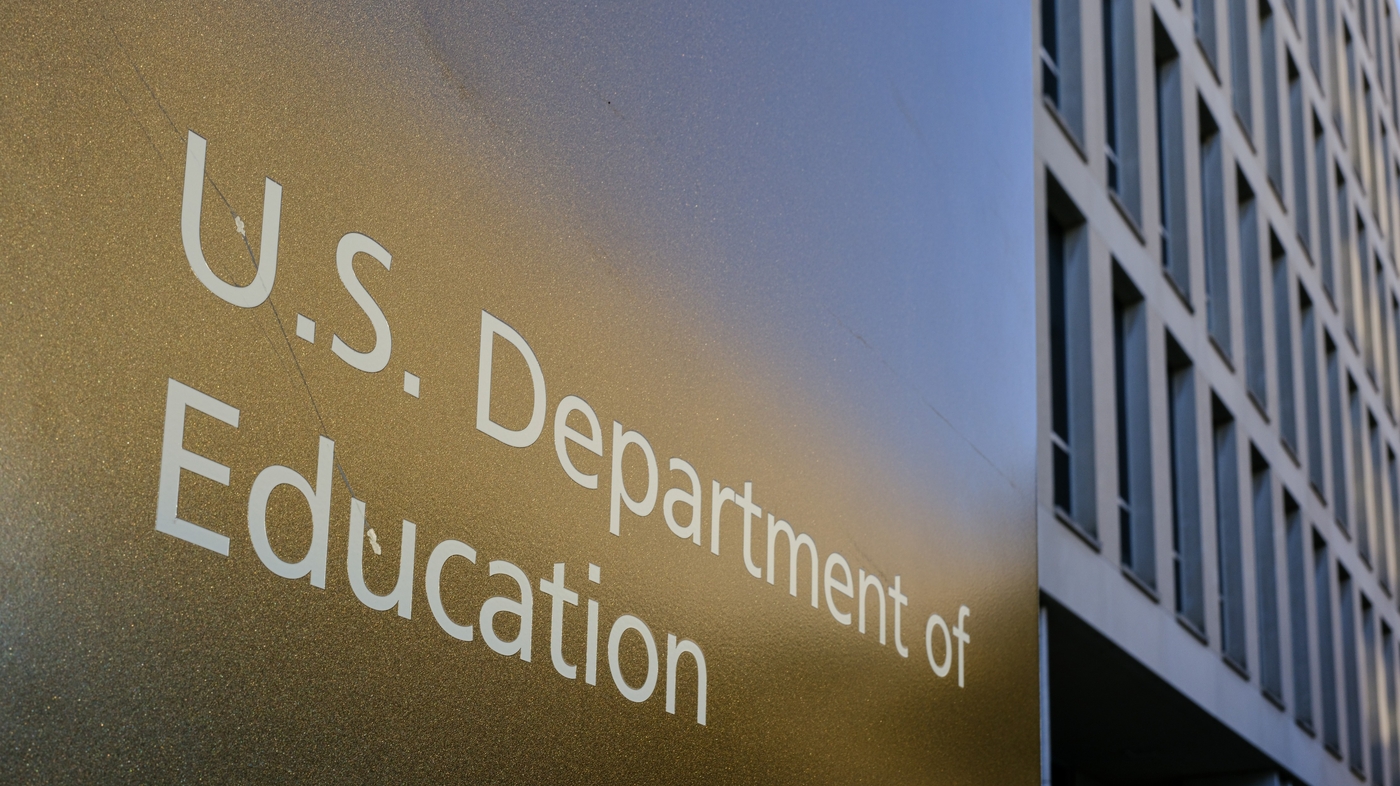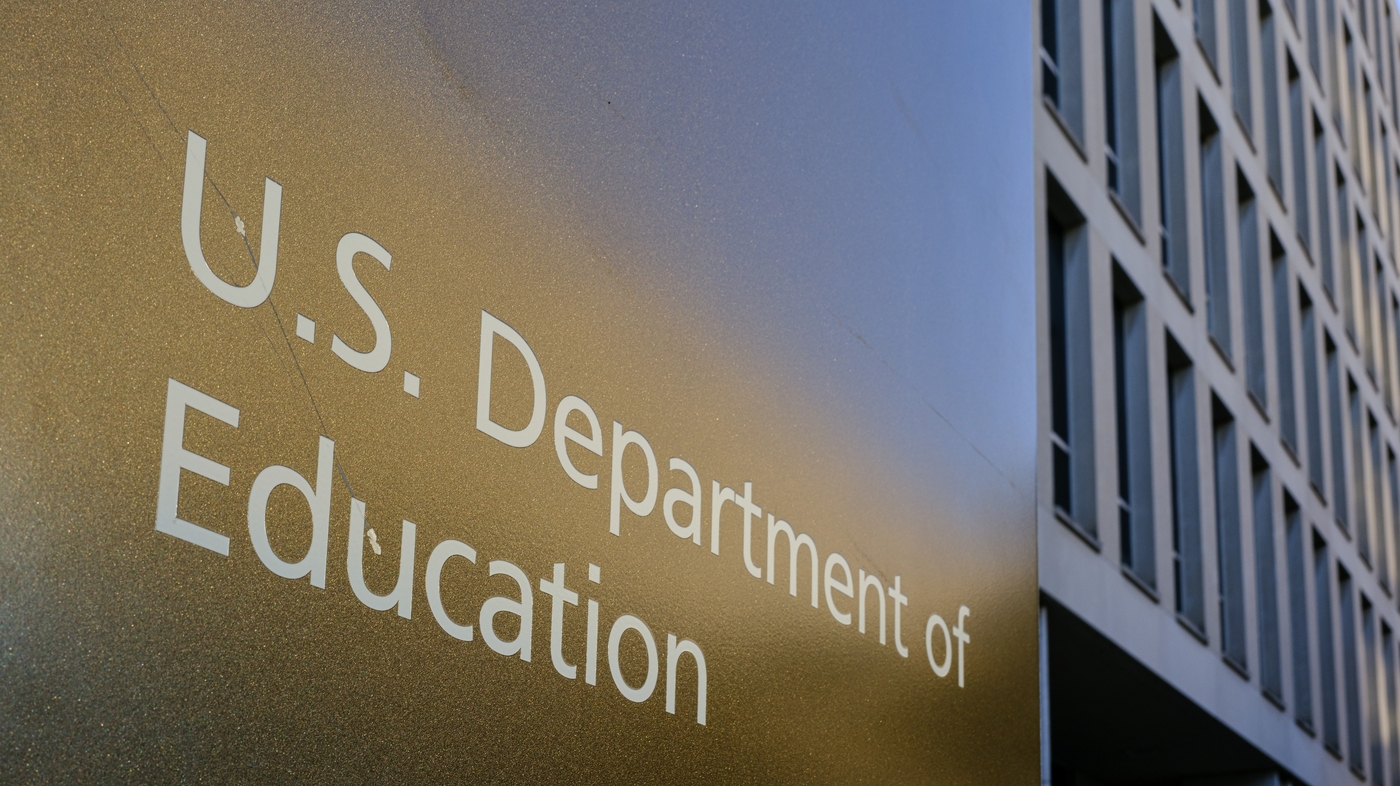The Shifting Sands of American Education: An Analysis of Trump’s First Six Months in Office (2025)
A Department in Flux: Restructuring and Resistance
The Department of Education, under Trump’s administration, underwent a seismic shift in its first six months. The promise to “close” the Department was met with legal and political hurdles, but the administration’s actions still left a significant mark. Mass layoffs and resignations among career civil servants were framed as a necessary streamlining, but critics saw it as a gutting of the Department’s expertise. The loss of experienced personnel created a vacuum in institutional knowledge, raising concerns about the continuity and effectiveness of federal education programs.
The administration’s push to return power to the states was a core tenet of its education agenda. Block grants with fewer federal mandates were introduced, allowing states to determine how funds were allocated. Supporters argued this would foster innovation and responsiveness to local needs, while detractors worried about equity. Wealthier states might thrive, but poorer states could struggle to maintain adequate educational standards.
The rise of charter schools and school choice programs was another significant shift. Federal funding was redirected to support these initiatives, aiming to increase competition and parental choice. However, critics pointed to evidence suggesting that charter schools don’t always outperform public schools and that school choice programs can exacerbate segregation and inequality.
The Financial Fallout: Budget Cuts and Withheld Funds
The administration’s financial power was wielded to reshape the education landscape. Budget cuts and the withholding of funds became potent tools for enforcing policy priorities and exerting pressure on states and local districts. The withholding of billions of dollars allocated for K-12 schools was particularly contentious. The stated rationale was to ensure compliance with federal directives, but many saw this as a punitive measure aimed at states and districts that resisted the administration’s agenda. The withholding of funds created significant financial hardship for schools, forcing them to make difficult decisions about staffing, programs, and resources.
The overhaul of the federal student loan program was another significant change. The responsibility for student loan repayment was shifted away from the federal government and toward private lenders. This sparked concerns about the potential for predatory lending practices and the impact on borrowers. Advocates for students with disabilities expressed alarm over proposed cuts to special education funding, arguing that these cuts would disproportionately harm vulnerable students and undermine the progress made in ensuring their access to quality education.
Curricular Controversies: Patriotism, History, and “Woke” Education
The culture wars spilled into the classroom, with heated debates over curriculum content and the role of education in shaping national identity. The administration championed “patriotic education,” emphasizing American exceptionalism and downplaying historical injustices. This approach was criticized by historians and educators who argued it presented a sanitized and incomplete view of the nation’s past. Critics also worried about the chilling effect on discussions of race, inequality, and other sensitive topics.
The administration’s push to combat “woke” ideologies in schools encompassed a range of issues, including critical race theory, gender identity, and social justice activism. The administration sought to ban or restrict the teaching of these topics, arguing they were divisive and harmful to students. Opponents countered that such bans stifled intellectual freedom and prevented students from engaging with important social issues.
The focus on curriculum also affected teacher training programs. There was a push to ensure that teachers coming out of education programs were ready to teach subjects that aligned with Trump’s vision. This brought rise to alternative teaching programs that were more conservative.
The Long-Term Implications: A Divided Education System?
The changes implemented during Trump’s first six months in office have set the stage for a potentially more fragmented and unequal education system. The shift in power to the states, the promotion of school choice, and the controversies over curriculum content have created deep divisions and uncertainties.
The combination of budget cuts, deregulation, and the promotion of school choice raised concerns about increased inequality in education. Wealthier communities may be able to thrive under this new system, while poorer communities may struggle to provide adequate resources and opportunities for their students. The emphasis on charter schools and school choice could further erode the public education system, as resources and students are diverted away from traditional public schools. This could lead to a two-tiered system, with well-funded private and charter schools serving affluent students and underfunded public schools serving low-income students.
The politicization of education could lead to further polarization and interference in curriculum and instruction. Teachers may feel pressured to conform to certain ideological viewpoints, stifling their creativity and autonomy. Students may be exposed to biased or incomplete information, hindering their ability to think critically and form their own opinions.
A Crossroads for American Education
The first six months of Trump’s presidency marked a pivotal moment for American education. The policies implemented during this period have set in motion profound changes that will shape the education landscape for years to come. The future of American education hinges on how these challenges are addressed and whether a common ground can be found to ensure that all students, regardless of their background or zip code, have access to a quality education. The path forward requires thoughtful dialogue, a commitment to equity, and a willingness to bridge the divides that threaten to tear apart the very fabric of our education system.








